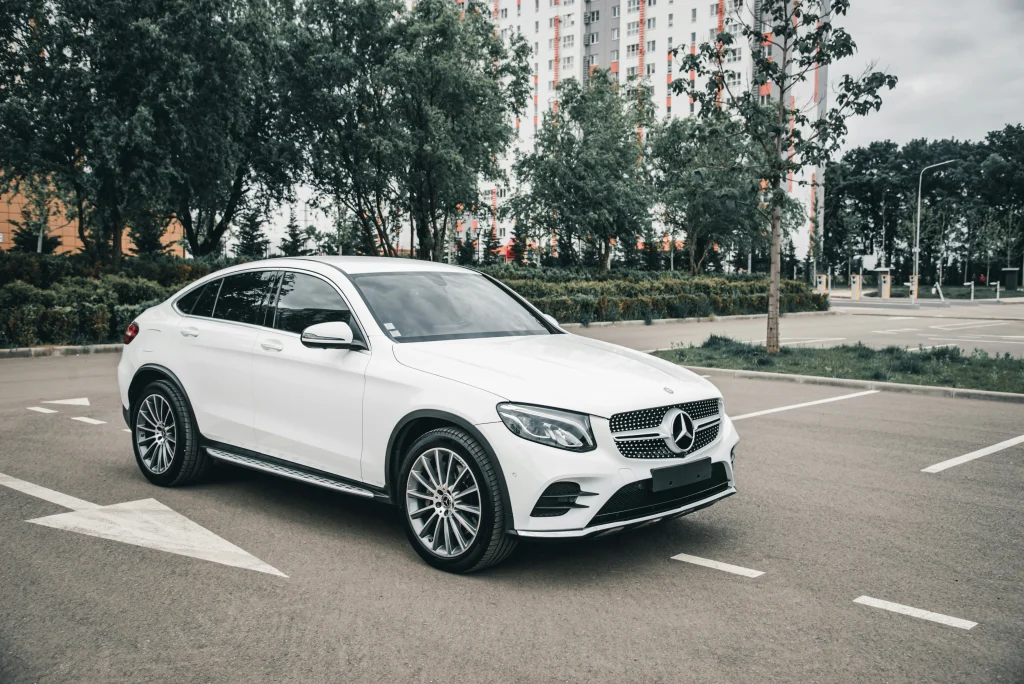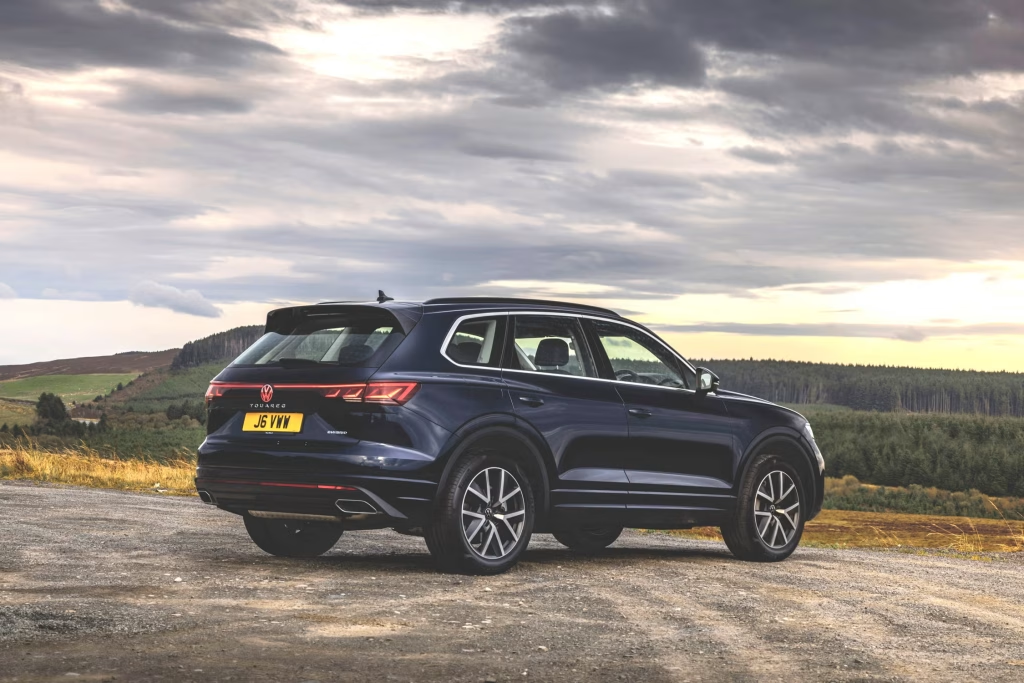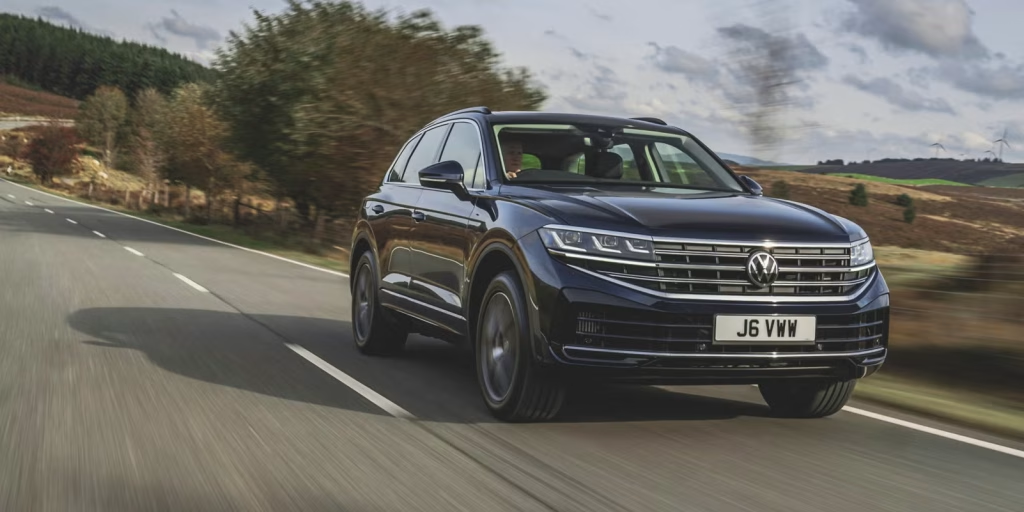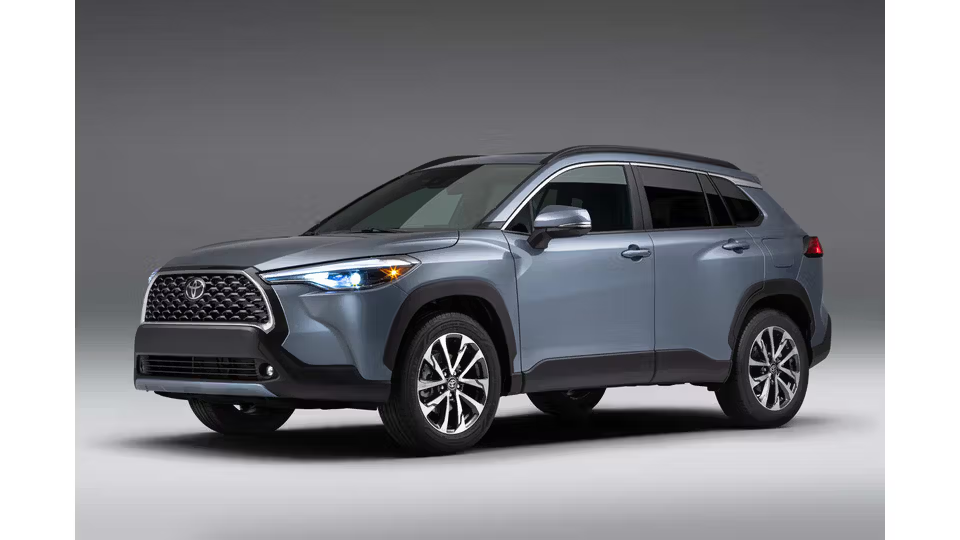The 2024 Mercedes-Benz GLC 250 is a luxurious and powerful SUV that blends cutting-edge technology with refined engineering. A crucial aspect of any vehicle, especially a luxury SUV, is its fuel consumption. For potential buyers and current owners, understanding the fuel efficiency of the GLC 250 is vital for budgeting fuel expenses and making informed decisions about its overall sustainability and performance.
In this article, we’ll dive into the fuel consumption of the Mercedes GLC 250, highlighting key details, factors that affect fuel economy, and tips for optimizing fuel usage. Whether you’re considering buying the GLC 250 or you’re an owner looking for ways to improve efficiency, this guide will cover all you need to know.

Overview of the 2024 Mercedes-Benz GLC 250
The Mercedes-Benz GLC 250 is part of the GLC series, which is known for its dynamic performance, premium features, and a balance between sportiness and comfort. Powered by a 2.0-liter turbocharged engine, the GLC 250 delivers an impressive combination of power, handling, and efficiency.
Engine Specifications:
- Engine Type: 2.0-liter turbocharged 4-cylinder engine
- Power Output: 211 horsepower and 350 Nm of torque
- Transmission: 9-speed automatic transmission (9G-TRONIC)
- Drivetrain: Available in both rear-wheel drive (RWD) and all-wheel drive (AWD) configurations
Fuel Consumption of the 2024 Mercedes-Benz GLC 250 : Real-World Figures
Fuel consumption is often a crucial deciding factor for buyers, especially in countries like Kenya, where fuel prices fluctuate. Mercedes-Benz provides fuel consumption estimates for their models, but real-world driving conditions can lead to variations in actual fuel usage.
The estimated fuel consumption for the Mercedes-Benz GLC 250 varies based on the drivetrain configuration and driving conditions:
- Urban (City) Driving:
- For the RWD version, the fuel consumption in city traffic typically ranges from 10.0 to 11.0 liters per 100 km.
- For the AWD version, this can be slightly higher, ranging between 10.5 and 11.5 liters per 100 km due to the additional weight and the power required for all-wheel drive.
- Highway Driving:
- On highways or long-distance driving at steady speeds, the GLC 250’s fuel consumption can drop significantly, with estimates ranging between 7.0 and 8.0 liters per 100 km for the RWD version, and around 7.5 to 8.5 liters per 100 km for the AWD version.
- Combined Cycle:
- The combined average fuel consumption of the GLC 250 is typically around 8.0 to 9.0 liters per 100 km. This figure reflects a balance between city and highway driving and is a good estimate for typical usage.
Fuel Tank Capacity:
- The fuel tank of the 2024 Mercedes-Benz GLC 250 can hold approximately 66 liters, giving it a substantial range before needing to refuel.
With the average combined fuel consumption of 8.0 to 9.0 liters per 100 km, the GLC 250 has a theoretical range of around 730 to 825 km on a full tank of fuel, depending on the driving conditions.
Factors Influencing Fuel Consumption of the 2024 Mercedes-Benz GLC 250
While the official fuel consumption figures provide an excellent baseline, there are numerous real-world factors that can influence the fuel economy of the Mercedes-Benz GLC 250. Let’s look at some of the most significant ones.
1. Driving Style for 2024 Mercedes-Benz GLC 250
Driving habits have a huge impact on fuel consumption. Aggressive driving, such as rapid acceleration, hard braking, and high-speed driving, can drastically reduce fuel efficiency. On the other hand, smooth acceleration, anticipating traffic flow, and maintaining a steady speed can improve fuel economy.
2. Terrain and Driving Conditions
- Urban Driving: Stop-and-go traffic, frequent braking, and idling at traffic lights contribute to higher fuel consumption in urban environments.
- Highway Driving: Consistent speeds on highways allow the engine to operate more efficiently, reducing fuel consumption.
- Hilly or Off-Road Terrain: If you’re driving on hilly terrain or off-road, fuel consumption will likely be higher due to the increased power needed to climb inclines or tackle rough roads.
3. Air Conditioning Use
The air conditioning system can have a significant impact on fuel efficiency. In hot conditions, running the air conditioning will put extra strain on the engine, leading to increased fuel consumption. It’s best to use air conditioning sparingly, especially in city traffic, to help improve fuel economy.
4. Tire Pressure
Under-inflated tires create more rolling resistance, which makes the engine work harder, thereby increasing fuel consumption. Keeping your tires properly inflated can improve fuel efficiency by up to 3%.
5. Vehicle Maintenance
Routine maintenance is essential for keeping the 2024 Mercedes-Benz GLC 250 running efficiently. Regular oil changes, clean air filters, and timely engine diagnostics ensure that the engine operates at peak efficiency, contributing to better fuel economy.
6. Load and Cargo
The weight of the vehicle can also affect fuel efficiency. Excess cargo, heavy items on the roof, or towing will require the engine to exert more power, leading to higher fuel consumption. It’s always a good idea to minimize unnecessary weight to improve fuel efficiency.
How Does the GLC 250 Compare to Other Luxury SUVs?
The 2024 Mercedes-Benz GLC 250 competes with several other premium SUVs in its class, such as the BMW X3, Audi Q5, and Volvo XC60. So, how does its fuel consumption stack up against the competition?
- BMW X3: The X3 with the 2.0-liter engine offers a fuel consumption of around 7.5 to 8.5 liters per 100 km in combined driving.
- Audi Q5: Audi’s Q5 2.0 TFSI averages about 8.0 to 9.0 liters per 100 km combined.
- Volvo XC60: The XC60 with a 2.0-liter engine has a fuel consumption of around 8.0 to 9.5 liters per 100 km in mixed driving.
In comparison, the 2024 Mercedes-Benz GLC 250 sits comfortably in the middle of the pack in terms of fuel efficiency, with the GLC 250’s real-world consumption being competitive among luxury SUVs in this category.
Tips for Improving Fuel Efficiency in the Mercedes GLC 250
If you want to maximize fuel efficiency and reduce the frequency of visits to the gas station, here are some practical tips for improving the fuel economy of your 2024 Mercedes-Benz GLC 250:
- Drive Smoothly: Avoid rapid acceleration, hard braking, and high-speed driving. Try to maintain a steady speed, and anticipate the flow of traffic.
- Reduce Weight: Remove unnecessary items from the car and avoid carrying heavy loads.
- Use Cruise Control: When driving on highways, use cruise control to maintain a constant speed and reduce fuel consumption.
- Limit Use of Air Conditioning: Use the A/C system sparingly, particularly in stop-and-go traffic.
- Regular Maintenance: Keep your 2024 Mercedes-Benz GLC 250 well-maintained with regular oil changes, tire checks, and air filter replacements.
- Monitor Tire Pressure: Ensure that your tires are properly inflated to reduce rolling resistance.
Conclusion
The 2024 Mercedes-Benz GLC 250 is a luxurious and versatile SUV with a commendable balance of power and fuel efficiency. While its fuel consumption might be slightly higher than smaller sedans, it remains competitive within the luxury SUV market, especially considering its performance and premium features.
On average, the GLC 250 consumes around 8.0 to 9.0 liters per 100 km in combined driving conditions, with real-world factors like driving style and terrain affecting this figure. By following tips for fuel efficiency and maintaining your vehicle, you can make the most out of every drop of fuel, ensuring a smooth and economical driving experience.





